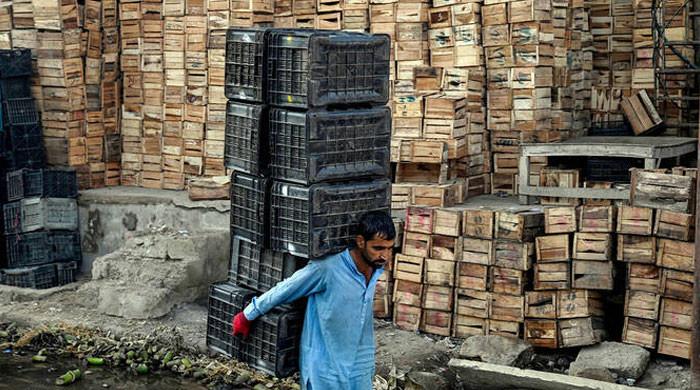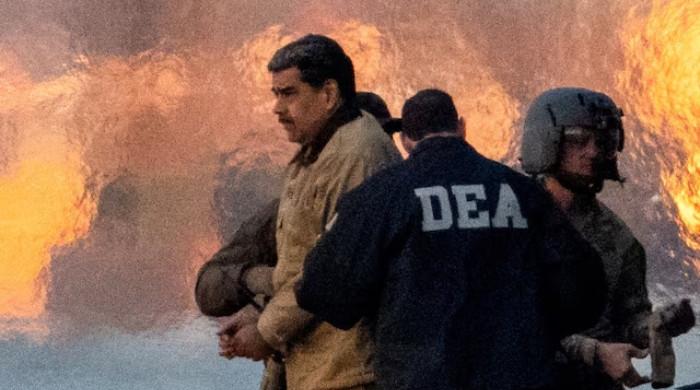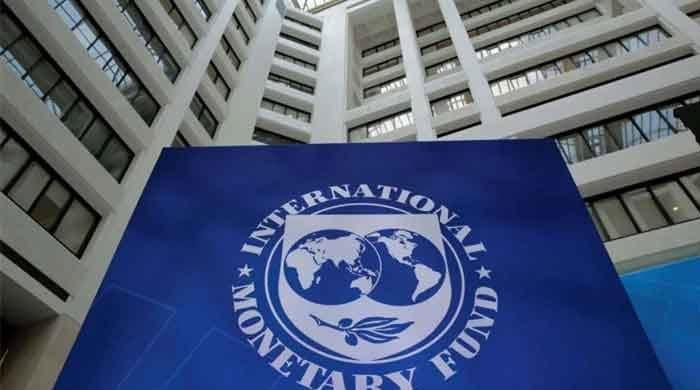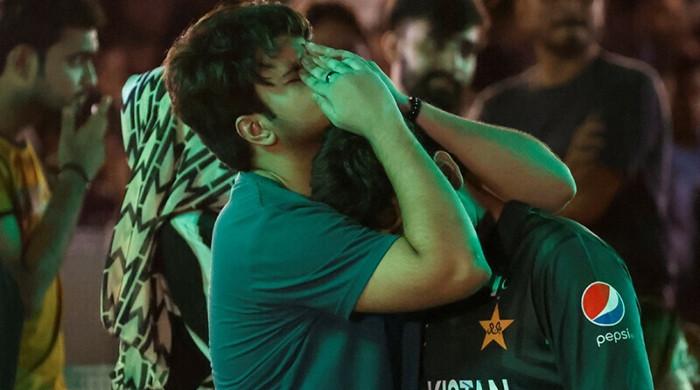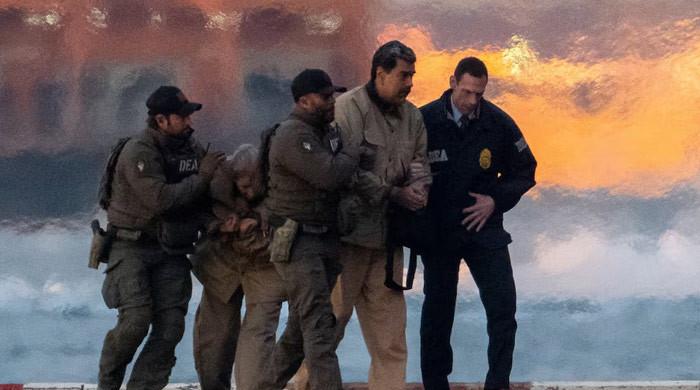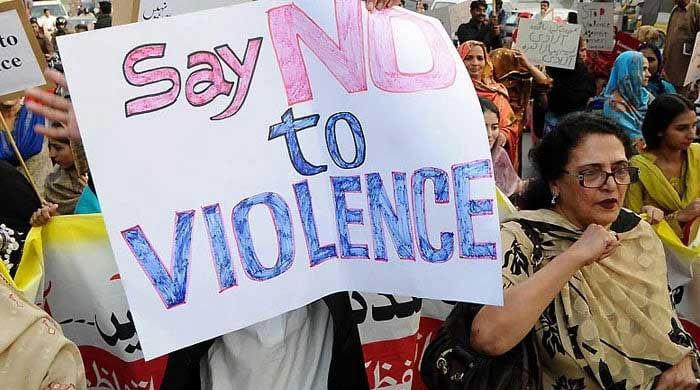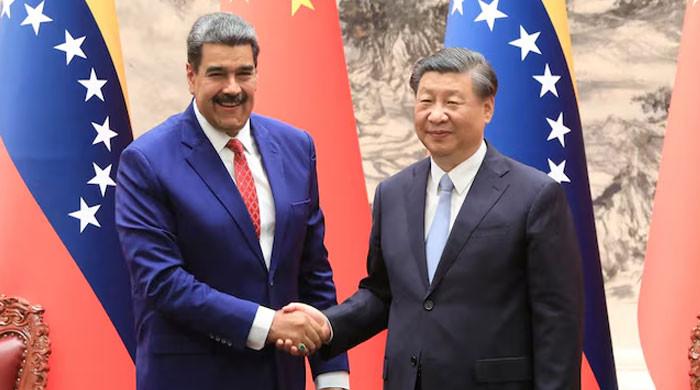The PAF’s finest hour was the 1965 war
The success of the 1965 war was not about winning Indian territories, it was defying an enemy five times your size
September 05, 2017
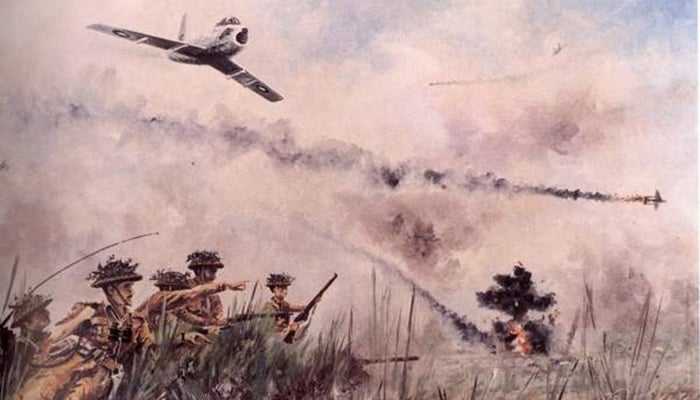
I was 12-years-old at the time of the 1965 war.
I still remember the first bit of information reported to the public, via a newspaper, on September 2. A Pakistani fighter aircraft was battling with an Indian aircraft on what I later learnt was to be called the Working Boundary, officially known as the Ceasefire Line. This stretch of land was closer to the Jammu Sector where the Indian aircraft were attempting to interdict Pakistani troops. This is also the area where Pakistani forces shocked the Indians by making deep incursions, which threatened Jammu. During the warfare, large parts of Indian-occupied Kashmir fell to the Pakistanis, only to be returned later as a part of the settlement to cease the war.
That year, both countries witnessed the first aerial engagement between the Indians, who were attacking the Pakistani ground forces from the air, and the Pakistanis pilots who were warding them off. That was also the year of the first kill by the Pakistan Air Force (PAF) of the Indian Air Force (IAF).
Two PAF F-86 Sabre Jets, already in the area to ward off the Indians, cleaned out a formation of four IAF Mystere fighters. After this incident, the Mystere was used only once again by the IAF to attack Sargodha in the early hours of September 7. In just the first few days of the war, the IAF lost such a large number of the fighter-bomber aircraft that thereafter they were considered unfit to be employed against the PAF and were promptly taken out from the Indian forces' war inventory. This set the tone.
From then on, the IAF had to make readjustments to its war assets, which were suddenly diminished by a few squadrons and were found unfit to face off the superiority of the Pakistani air force.
First produced in the 1950s, the Dassault Mystere was a French fighter jet, which was used by the IAF to mount offenses. In those days, most bombing aircraft lobbied rockets and cannons against ground targets. Today, fighter-attack jets instead drop bombs, precision or glide, to eliminate specific targets.
Initially, the IAF began using the Hunter aircraft, its then prized possession, acquired from the British. The machine matched well with Pakistan’s F-86 in some select few areas of combat. But the first engagement in 1965 exposed the weakness of the IAF, forcing it to readjust its combat assets. This marked a key turning point of aerial warfare in the region. The PAF was in the lead, while the IAF was playing catch up. In any war, this is the kernel of a winning strategy — to dictate terms and lead the enemy in the decision cycle.
The other turning point was Sargodha, on Sept 7. Waves after waves of Indian aircraft attacked the PAF’s central fort in the city. Sargodha fought back bravely. On that day, MM Alam brought down five Indian Hunters in 30 seconds and created a world record of sorts. India suffered heavy losses while attacking the Pakistani city. The PAF compelled the already frazzled enemy to change its tactics and in turn grounded the belief that attacking air force bases incurred an unacceptable cost.
The IAF never again attacked Pakistan’s bases during daytime, resorting only to the cumbersome bomber force of the Canberra aircraft — a slow and lumbering platform, which could survive such attacks using the cover of the night. Even then, the PAF’s night interceptor fleet, the F-104, always warded these assaults off driving the Canberras to drop their bombs many miles short of their targets. Some were also taken down.
The Lockheed F-104 Starfighter, the only Mach 2 fighter of its time, capable of flying at twice the speed of sound, became such a scare that it forced landed one of India’s Gnat fighter aircraft in Pasrur. The Gnat had since been inducted to replace the Mystere aircraft. Pakistan’s F-104 was on the Gnat’s tail to shoot the aggressor down, when it instead chose to lower its landing gear in a sign of submission. It then landed at the abandoned Pasrur airfield as the Starfighter shepherded him in. The IAF later cited technical difficulties with the plane but the PAF pilots soon after flew the same plane out of Pasrur and into Sargodha. The aircraft then underwent extensive maintenance and rehabilitation before joining the PAF fleet, as its sole Gnat aircraft. Many a PAF pilots have got their training fighting against it in mock combat over Sargodha.
The success of the 1965 war was not about winning Indian territories — though, those too came in pockets, more significantly in areas around Jammu and Akhnoor and in Khem Karan around Amritsar — but in curbing the enemy’s motive to impose a heavy military defeat on the smaller forces of Pakistan. Of course, their dream of occupying Lahore never came true either.
Defying an enemy, five times its size, and denying it its war objectives was where Pakistan was victorious. Kashmir wasn't settled then, and it hasn't been since, but the Indian position that Pakistan could not liberate Kashmir in the war, and that that was Pakistani’s failure, shows a defeatist mind set. This too cements Pakistan’s notion of victory. Forcing India on to defensive position gave Pakistan a technical knockout against India.
After the war, it was common to say that three As saved Pakistan – Allah, Artillery and the Air Force.
The first A, denotes the complete faith in the cause, which gelled the entire nation together to face off the behemoth that was India. Our artillery was superior, in terms of lethality, range and accuracy, better than what the Indians had. It helped in warding off direct threats at Batapur and Wagah.
The air force, which I had the honour to serve in later, created a saga of professional excellence and courage, which to this day underwrites a tradition that the men in blue savour and hold sacred. Their professional skill, matchless commitment to excel and implement what they have honed is what brings to fore the excellence that denotes this force. To the air force soldiers, excellence is an attitude.
In the 1965 war, the PAF was the pride of this nation and has remained so over generations.
Air Vice Marshal (retd) Shahzad Chaudhry is a political and security analyst.




